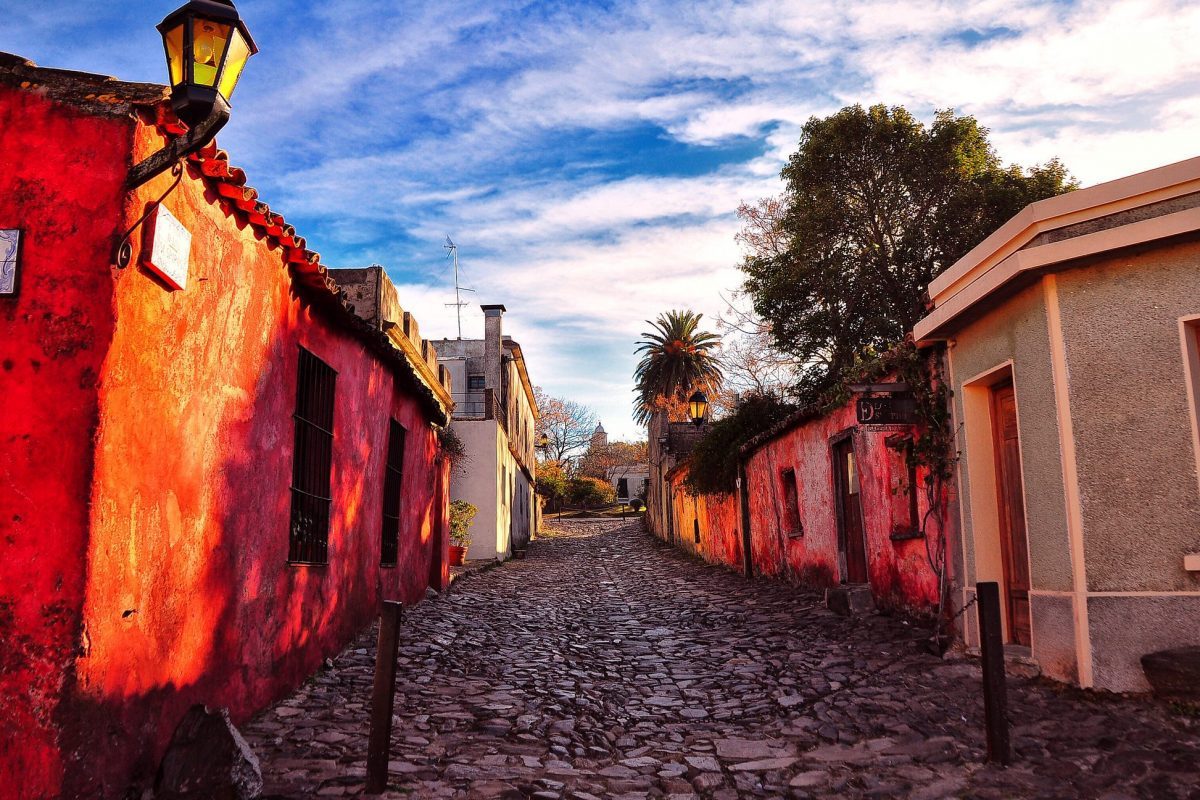Skift Take
The Omicron variant wasn't stirring up as much anxiety as you'd expect among the tourism officials at this week's 25° Feria Internacional de Turismo de America Latina in Buenos Aires. Much of the talk was on the challenges of disparate border policies as destinations stay hopeful with their summer season arriving soon.
After enduring some of the world’s largest quarantine periods in Argentina, and having two of its main destinations — Brazil and Mexico — in the top five worldwide ranking for Covid-19-related deaths, the summer season is coming to Latin America as a breeze of fresh air.
Most countries have reopened borders to foreign visitors with reasonable precautions and are expecting almost a full recovery of business. This is also causing trouble with the neighbors that are deciding to keep their barriers in place or implement measures to discourage outbound tourism.
Airlines like British Airways, Jetsmart and Sky are returning to routes that were suspended during the health crisis and opening new ones, while the hospitality industry and destinations are ready to return in full speed and stop depending on the job subsides and bank loans that only partially aided their finances when normal activity was banned.
With all that, the Omicron variant is still a distant threat for those who visited the 25° Feria Internacional de Turismo de America Latina (FIT), the biggest meeting for the sector in Latin America that took place earlier this week in Buenos Aires. Here are the key insights that Skift pulled from the event.
High Expectations for Recovery in Near-Term
Even though some recurrent exhibitors chose not to participate in this first FIT expo after Covid-19, absences were scarce and the public responded well. In conversation with Skift, organizers calculated attendance was only 4 percent below 2019’s levels, a sign of the recovery expected for the sector.
Countries in the region are expecting almost a full recovery to pre-pandemic levels for this summer. But latest data from IATA shows Latin American airlines experienced a 33 percent fall in demand last October, in relation to the same month in 2019. The question remains if domestic tourism can cover this gap.
Uruguay Calls to Bring Down Barriers
Uruguay Tourism Minister Tabaré Viera, and his Argentinean peer, Matías Lammens, inaugurated the event together and celebrated the World Trade Organizations’s announcement to open two new offices in the region, in Argentina and Brazil.
Viera called for further coordination between the governments of the Mercosur to reopen borders “that should not even exist anymore”, and make things easier for tourists: “’Visit Sudamerica’ should be a brand to propose more than one single offer. Nobody travels from places so far away to visit just one country”, he said.
With its open borders policy, Uruguay is expecting about a million Argentineans and 650.000 Brazilians this summer. Meanwhile, in Chile and Brazil, border crossings remain closed to non-resident foreigners, and air arrivals go through lengthy bureaucratic processes to homologate vaccines.
Argentine Companies Ask for Clear Rules After Government Hit
Argentina’s Lammens attended the event days after the Argentinean government cut in half the subsides for hospitality jobs and Argentina’s Central Bank forbade credit card companies from financing tourism purchases abroad in installments, the main way Argentineans pay for their trips.
“I’m not going to play dumb with the installments issue. I understand your concerns but we need to reverse our foreign exchange deficit. You know our goal to boost tourism is part of that. We have created a public and private working group for the sector that is already debating possible solutions”, said the minister.
“We can all agree that we need clear rules if we want to get to a post-pandemic stage. We need predictability and that the working groups in which we are actively participating are held before making decisions that take the industry by surprise”, responded Gustavo Hani, president of the Federación Argentina de Asociaciones de Empresas de Viajes y Turismo (Faevyt) and the FIT. He also requested more specific measures to aid receptive tourism, the international outbound and MICE segments.
A 10-Year Plan to Help Boost Tourism’s Role Argentina’s GDP
Lammens is said to be working on a 10-year plan for the sector that includes fiscal incentives for investors and turning the Previaje program — which returns 50 percent of expenses made in domestic tourism purchases as credit — as a state policy. The Argentinian Ministry has also been carrying out a $14.8 million plan to boost public investment in destination’s infrastructure in 2020 and 2021.
“We want to create conditions for the private sector to accompany our efforts. We believe with this multiyear plan, tourism can represent between 13 and 14 points of the GDP (it was 10 points in 2019) and add 250.000 more jobs”, said the minister.
Will Brazil Tighten Safety Measures for Travelers?
Brazil was without question one of the main exhibitors of the FIT, promoting destinations close to its Mercosur neighbors (Camboriú, Foz do Iguaçu, Rio Grande do Sul and Gramado) The foreign tourism agency, Embratur, has been advocating for Brazil as a nature tourism destination in events in Japan, the U.S., Dubai, among others.
However, land crossings into Brazil remain restricted to foreign visitors, and some mayors and governors are requiring vaccination certificates within their jurisdictions. Even though 89 percent of Brazilians are vaccinated, the country’s health agency is asking foreign visitors for negative PCR tests and a vaccination proof, to prevent Omicron from further entering the country. President Jair Bolsonaro confirmed it is not his plan to close the borders again.
The Daily Newsletter
Our daily coverage of the global travel industry. Written by editors and analysts from across Skift’s brands.
Have a confidential tip for Skift? Get in touch
Tags: argentina, brazil, latin america, omicron variant, tourism, uruguay
Photo credit: Destinations like Colonia del Sacramento in Uruguay are hoping to be filled with tourists this summer season, if borders open up. Rod Waddington / Flickr
